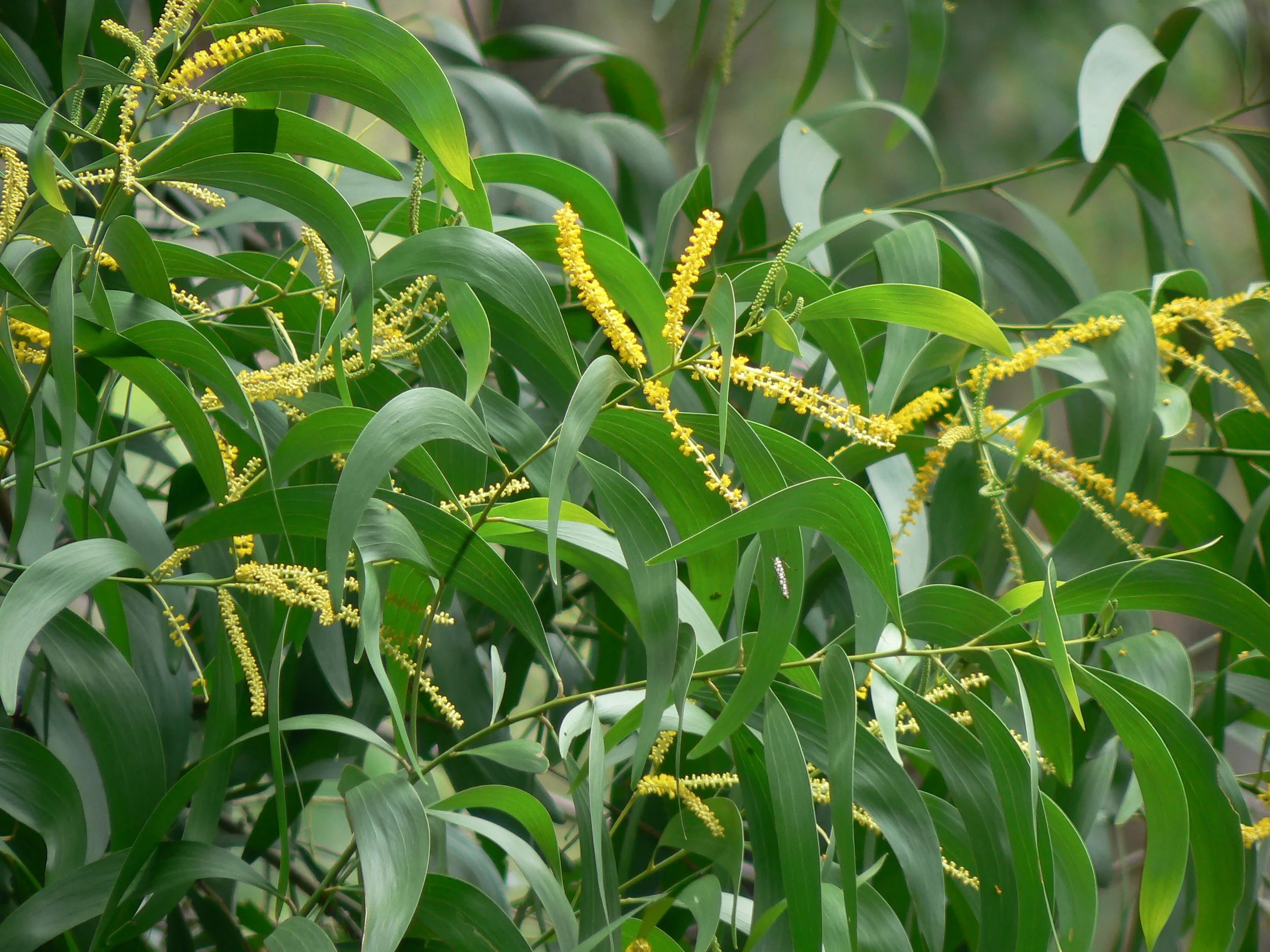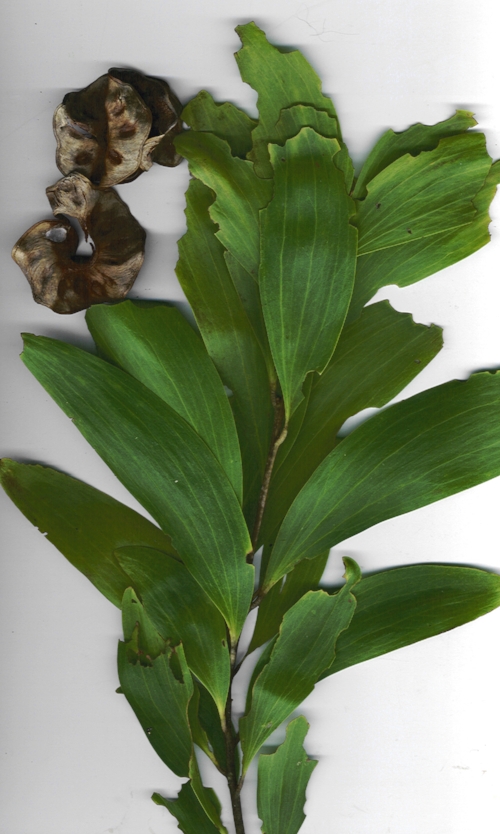NAME: Acalypha fimbriata
FAMILY: Euphorbiaceae
COMMON NAMES: Acalypha, copperleaf
LOCAL NAMES: Jinwinini, kandiri
USEFUL PART(s): Leaves
GENERAL USES:
It is used in making basket and as food for livestock.
Horticultural purpose
GEOGRAPHIC DISTRIBUTION
America
South Africa
WHY IS IT GREEN?
Acalypha fimbriata medicinal uses include:
Syphilis,
Asthma,
Anthelmintics
Ulcers
Rheumatism
Antimicrobial
Antifungal
ENVIRONMENTAL IMPACT
Ornamental purpose
FURTHER READINGS
Harland, D. P., & Jackson, R. R. (2002). Influence of cues from the anterior medial eyes of virtual prey on Portia fimbriata, an araneophagic jumping spider. The Journal of Experimental Biology, 205(Pt 13), 1861–1868.
Soladoye, M. O., Sonibare, M. A., & Rosanwo, T. O. (2008). Phytochemical and morphometric analysis of the genus Acalypha Linn. (Euphorbiaceae). Journal of Applied Sciences, 8(17), 3044–3049. https://doi.org/10.3923/jas.2008.3044.3049
Steimel, J., Engelbrecht, C. J. B., & Harrington, T. C. (2004). Development and characterization of microsatellite markers for the fungus Ceratocystis fimbriata. Molecular Ecology Notes, 4(2), 215–218. https://doi.org/10.1111/j.1471-8286.2004.00621.x
Wilken, P. M., Steenkamp, E. T., Wingfield, M. J., de Beer, Z. W., & Wingfield, B. D. (2013). IMA Genome-F 1: Ceratocystis fimbriata: Draft nuclear genome sequence for the plant pathogen, Ceratocystis fimbriata. IMA Fungus, 4(2), 357–358. https://doi.org/10.5598/imafungus.2013.04.02.14



















